What can be done to reduce the environmental impact of the furniture industry? Three industry professionals share their thoughts, initiatives, and aspirations for a greener industry..

May 25th, 2022
Many industries have embraced environmental stewardship and the furniture industry is no exception. But what makes a piece of furniture sustainable? Is responsibly sourced material enough to warrant its sustainability?
At Space Furniture x Indesign’s Design Conversation last week, Vanitha Pavapathi, Editor of Cubes magazine and Indesignlive.sg put these questions to a panel of speakers with backgrounds in retail, architecture and industrial design. As the furniture industry has dynamically evolved over the last 20 years with consumers becoming more discerning and receptive to change, the panel agreed that designers and retailers have had to be innovative and transparent in their material choices, production processes and business practices.

“In 2021, Space Furniture engaged an environmental agency to help the company become carbon neutral and adopt a circular design methodology,” says Derek Lim, General Manager of Space Furniture Asia. “We are reviewing and measuring our carbon footprint, energy consumption and materials across supply chains. It’s a journey that begins with a full transport audit and the collection of product data across materials and brands.”
Space Furniture’s green initiative is commendable but it shouldn’t be limited to select businesses. Gwen Tan, Co-Founder of Formwerkz Architects, Studio iF and The Afternaut states that the industry as a whole should take a stand to be more transparent. “Blockchain can give clearer information and prove to consumers that it is not just a marketing ploy to charge more for sustainable furniture. Hopefully this will happen in the near future where consumers would know the type of materials used, the carbon footprint to produce it, the company’s way of off-setting their carbon footprint, parts that are replaceable, green alternatives, and et cetera.”

While the idea is promising and could potentially be a game-changer for the industry, the key to sustainability according to Melvin Keng, Principal Architect of Kaizen Architecture and Co-Founder of Kernel Furniture, is to not overproduce and overconsume. “The fact that Kernel Furniture produces made-to-order pieces, there’s no excess carbon footprint,” says Keng.
Lim offered similar observations about rethinking the value and meaning of furniture. “Like our partners and friends across the design industry, a founding principle of Space Furniture’s philosophy is to support design that is built on quality, function, beauty, and importantly product longevity, to fundamentally shift the overconsumption model and discourage the throwaway culture.”

To that regard, Tan and Keng look at what can be repurposed or salvaged in their architectural and interior projects. As much as they would like for furniture to be repaired before they’re repurposed, Keng shares that costly labour in Singapore is the biggest hindrance. With the advancement of technology, he says, it may be possible for machines and robotics to take over repair work in the future. “With less reliance on human labour and improved efficiency, the cost of repair is bound to decrease.”
Tan agrees and implores businesses to design furniture with a clear purpose and make them repairable. “Furniture makers could explore 3D-printing joineries so we don’t exploit resources for the purpose of keeping and storing parts that we don’t need.” When it comes to ad-hoc projects and design installations that typically generate waste, Tan and Keng use them as opportunities to educate the industry and public on sustainability. “Sustainability is not about the material but the way we use it,” says Tan. “In 2014, we collaborated with EDL to present ‘The Tree’, a five-metre-high Christmas tree installation as a solution to upsell laminate off-cuts and to create awareness on the impact of Christmas tree farming.
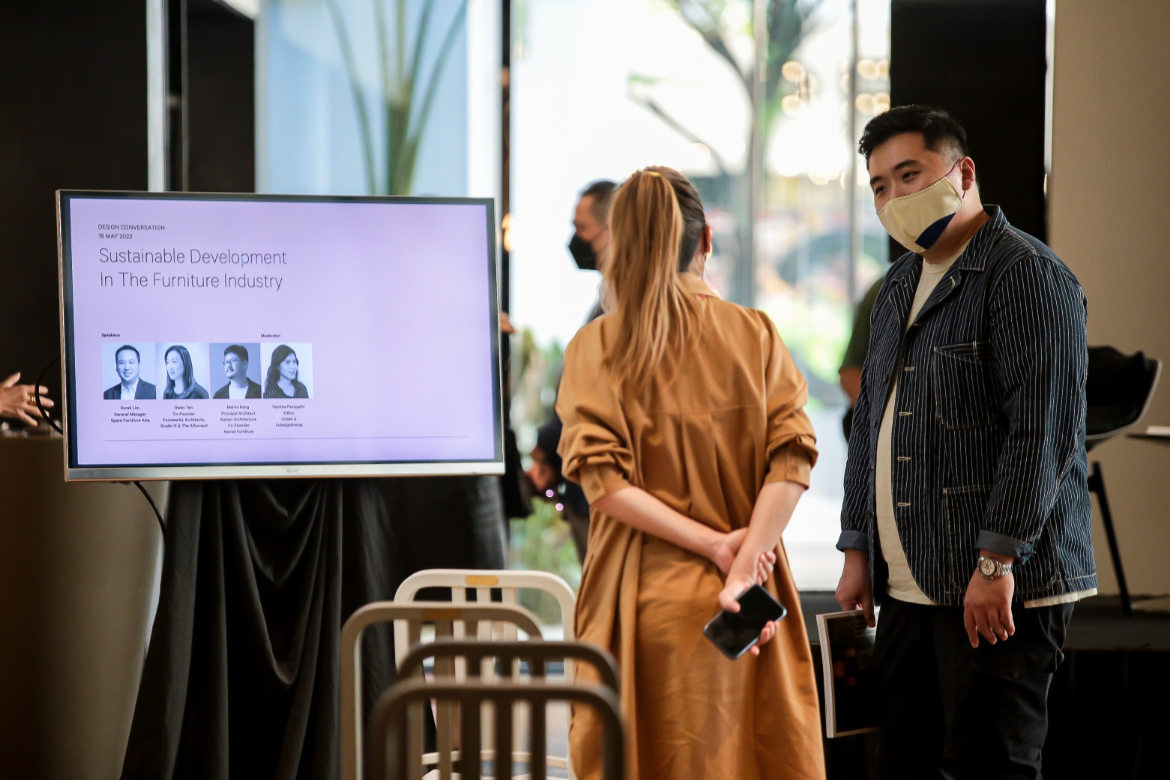





For Lim, sustainable development relies on cross collaboration and knowledge sharing. “The push for greater adoption of a circular economy requires designers and businesses to support one another in this shared global responsibility.” Tan concludes that we also need to explore alternative materials and capitalise upon emerging technologies to ensure a resilient furniture industry.
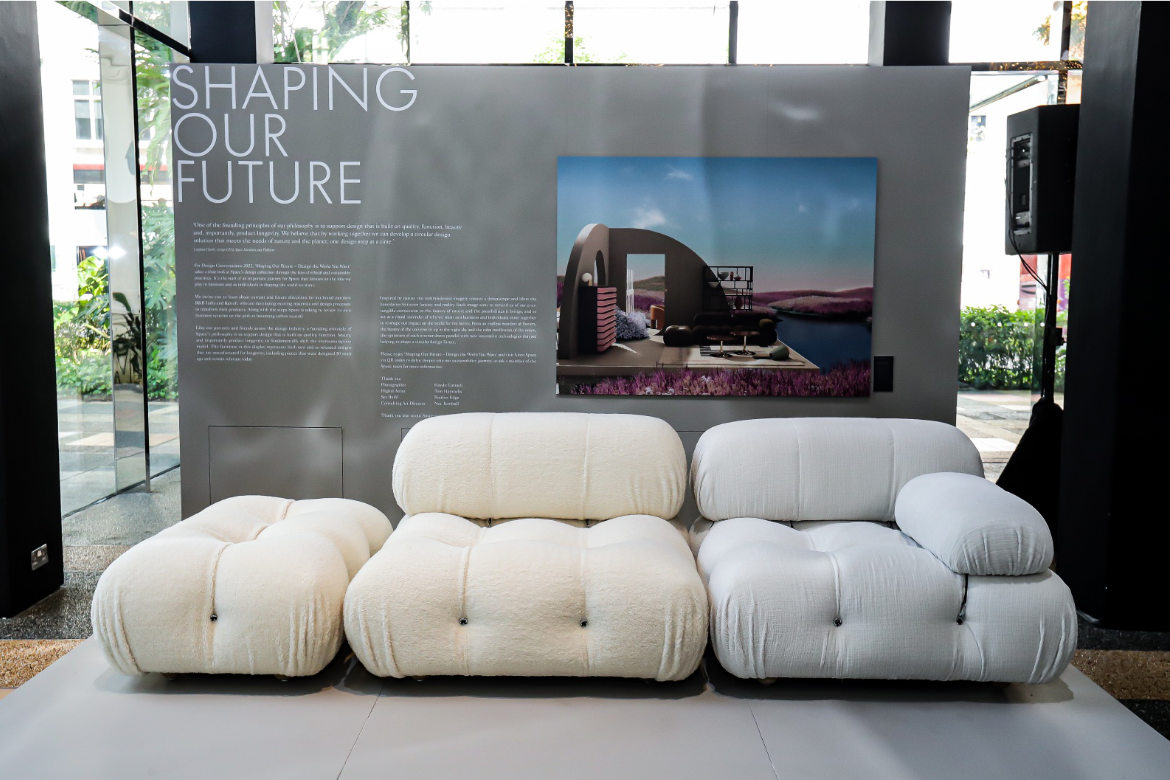

INDESIGN is on instagram
Follow @indesignlive
A searchable and comprehensive guide for specifying leading products and their suppliers
Keep up to date with the latest and greatest from our industry BFF's!
The new range features slabs with warm, earthy palettes that lend a sense of organic luxury to every space.

For Aidan Mawhinney, the secret ingredient to Living Edge’s success “comes down to people, product and place.” As the brand celebrates a significant 25-year milestone, it’s that commitment to authentic, sustainable design – and the people behind it all – that continues to anchor its legacy.

London-based design duo Raw Edges have joined forces with Established & Sons and Tongue & Groove to introduce Wall to Wall – a hand-stained, “living collection” that transforms parquet flooring into a canvas of colour, pattern, and possibility.
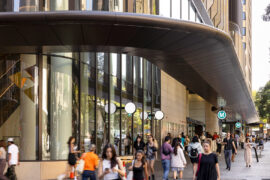
‘Civic Vision | Foster + Partners’ is the first comprehensive exhibition of the practice’s work to be held in Australia, providing an in-depth look at its global portfolio of work since it was founded in 1967 by Norman Foster.

Join CPD Live from 14-16 October for three days of live, interactive education – 100% online, 100% free, and packed with insights to keep your knowledge current and earn CPD points.
The internet never sleeps! Here's the stuff you might have missed
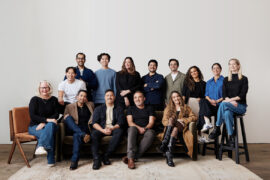
Sydney-based architecture studio Studio Johnston has announced a series of leadership promotions, new team members and a refreshed parental leave policy.
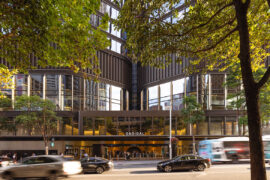
Foster + Partners has recently delivered two significant projects in Sydney, working across both commercial and public transport infrastructure.